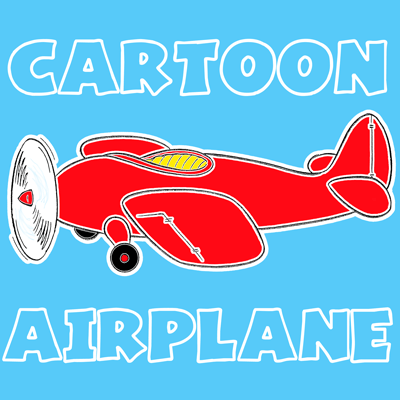
In the air, you simply want to keep yourself safe until all the parts stop moving. Brilliant problem solving can take place later. You don’t need to solve the cause of the problem-you simply need to come up with an effective means of getting down. You need to logically work your way through a problem-not make the problem worse by taking rash action-and figuring out the means of safely getting back on the ground. Therefore, you have to learn to think like a flight test engineer or test pilot. But in the world of new and Experimental craft, you can’t expect that everything has been experienced, that every potential failure has been smoked out. If you have a problem, turn to the appropriate page and follow the procedure. In the world of certified aircraft, most common (and many uncommon) problems have already been thought through, and procedures written, tested and entered in the POH. We expect new systems and craft (space or air) to have problems and quirks, so we train heavily (and continuously) to deal with the unexpected.
#AIRPLANE SIMPLE DRAWING HOW TO#
The answer is often that old phrase that goes something like, “You deal with problems with experience, and you gain experience by dealing with problems.” In other words, it is hard to find a manual for how to deal with the “off-nominal,” a phrase pounded into me by years of service in the space program, where for some reason, we choose not to use the word “emergency” unless it is an actual, uh…emergency. Skills necessary to deal with the unexpected are potentially going to be needed, and the question many ask is, “Where do I get those skills?” Especially when dealing with new or modified designs or systems that have been modified, pilots are still finding themselves to be honest test pilots.

It is hard to get lost with half a dozen GPS-enabled devices in the cockpit, weather information is plentiful and we’ve got enough fuel management devices available that it is hard not to give a funny look to anyone who actually creates an empty tank in flight.īut the world of Experimental aviation can still present surprises to those who venture deeply enough into the realm of the unproven.
Airframes are rugged and designs well-proven, engines are reliable over the course of many thousands of hours and avionics have reached a level of reliability undreamed of in the age of discrete components on circuit boards. The basic airplane is well enough understood in this day and age that the average recreational private pilot will most likely never have to deal with an emergency. Apollo 13’s James Lovell (center) committed the ultimate understatement: “Uh, Houston, we’ve had a problem.” Fly the machine, work the problem, and don’t do anything rash or stupid. This might seem worlds away from your new homebuilt aircraft or one that you have been asked to fly for a friend-but they are all just flying machines. In this case, it was getting a crew back safely to earth with a crippled spaceship.

“Uh, Houston, we’ve had a problem.” That simple and direct phrase, delivered without emotion, began one of the most astounding “off-nominal” rescue situations in the history of spaceflight and taught many lessons on how not to panic but to think creatively to get the job done.

One of the greatest understatements ever uttered on an air-to-ground radio link was made by astronaut James Lovell on Apollo 13.


 0 kommentar(er)
0 kommentar(er)
